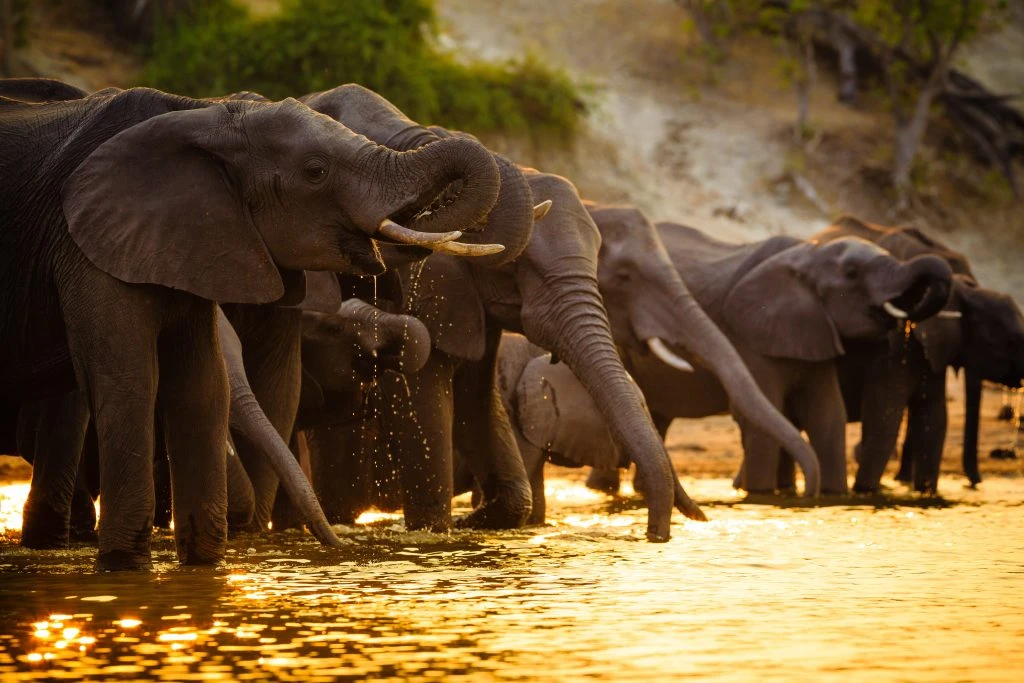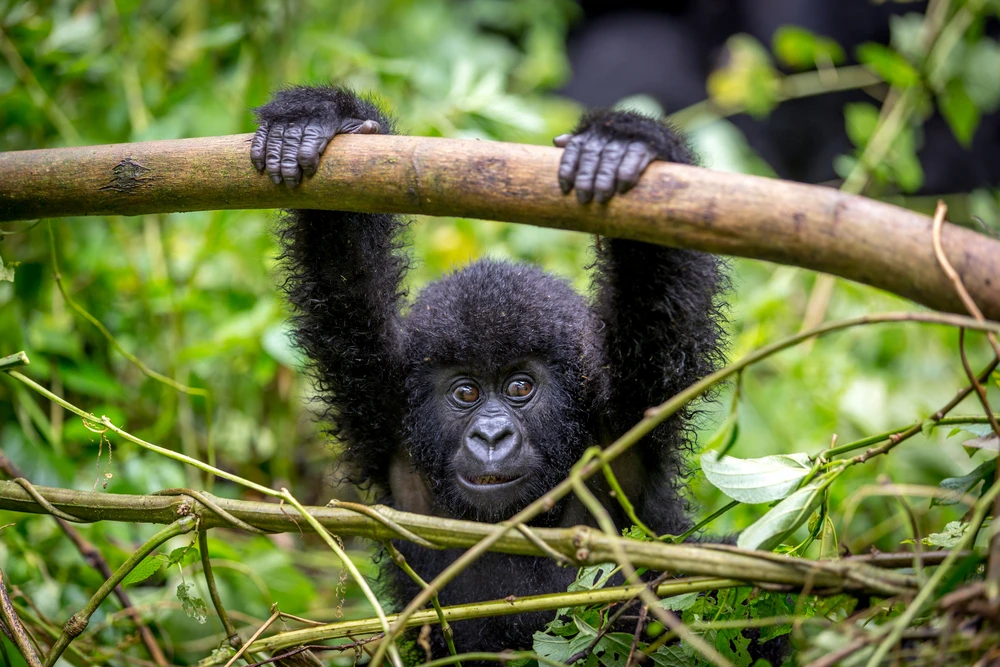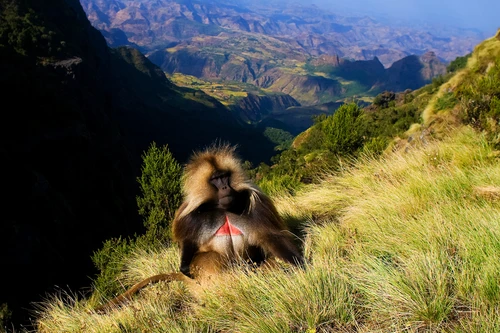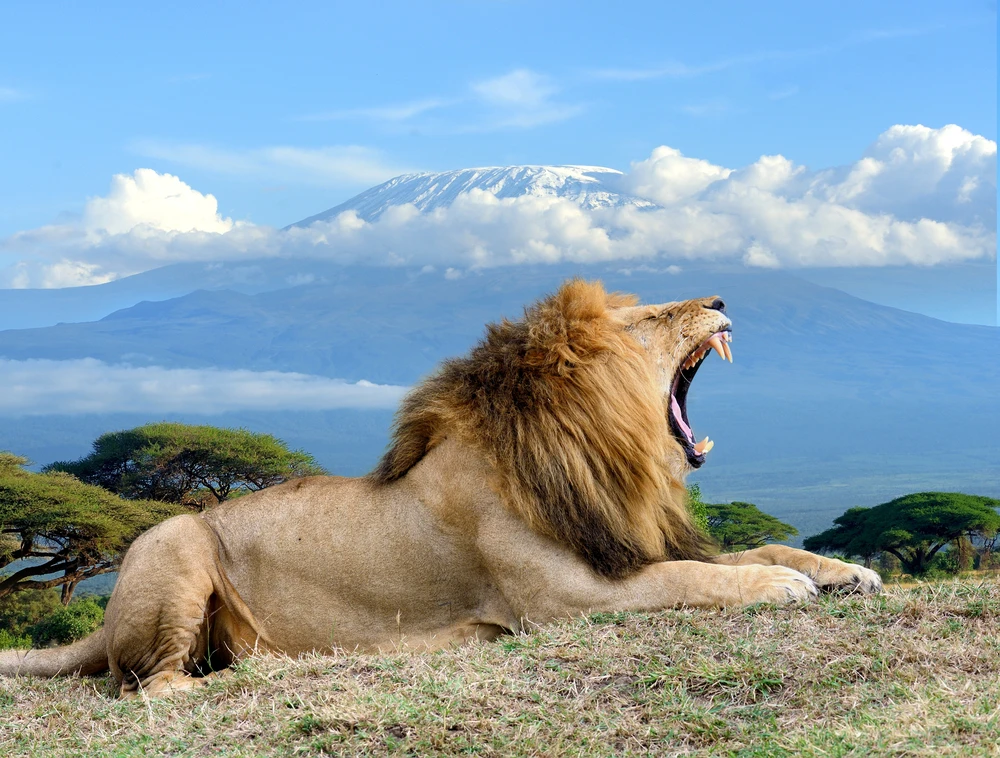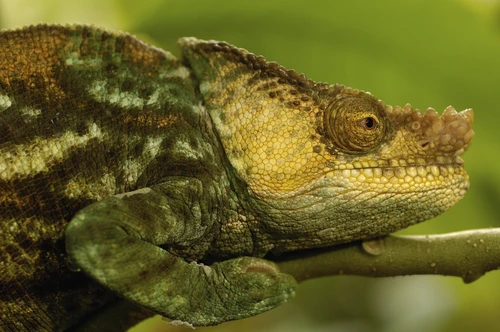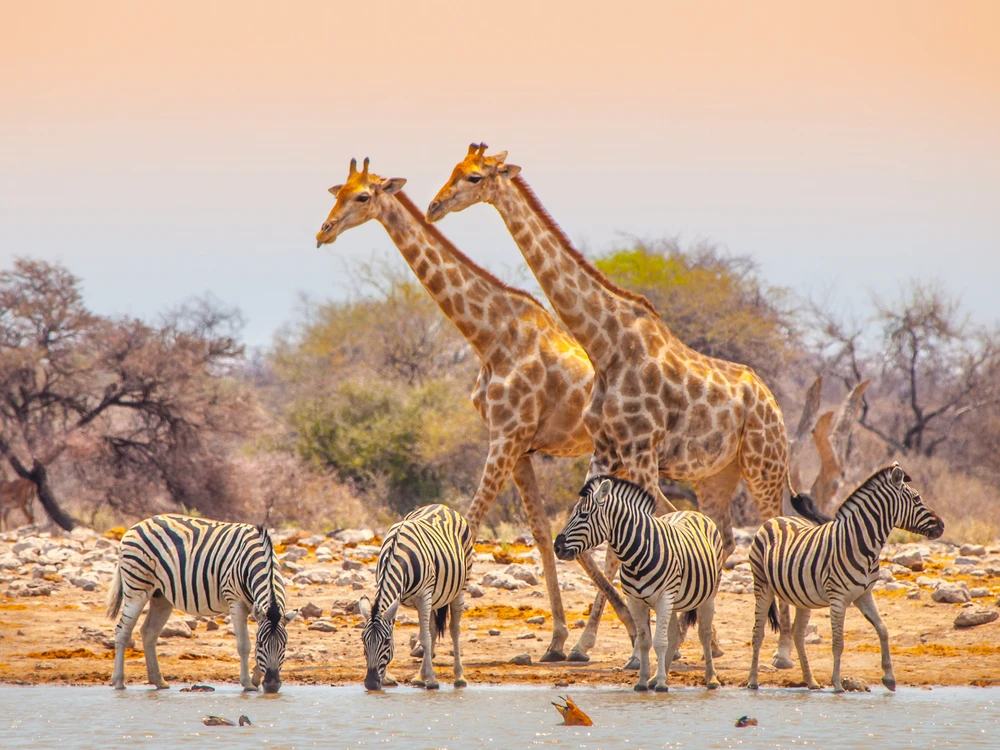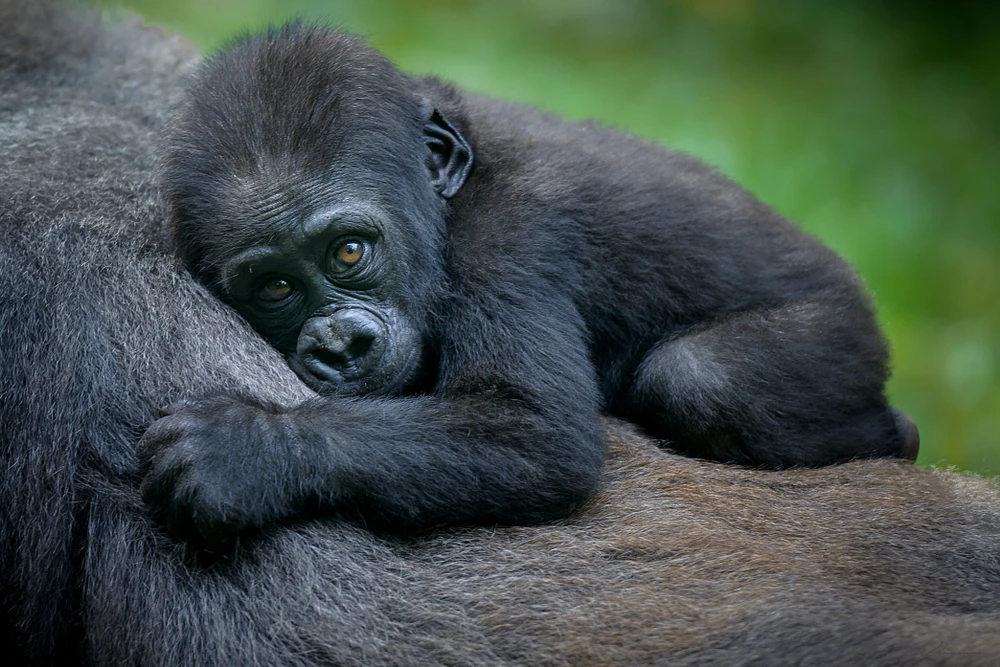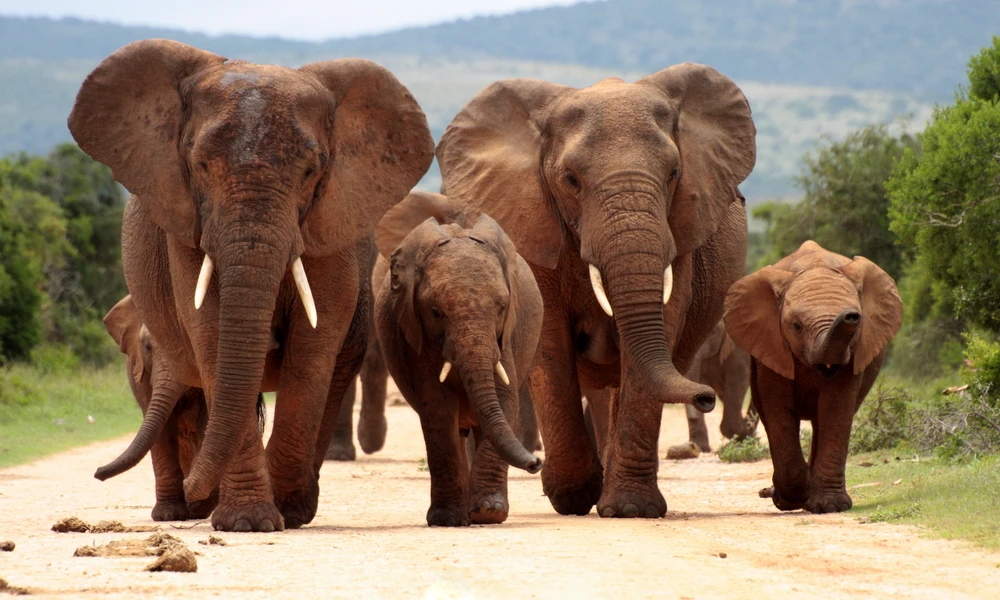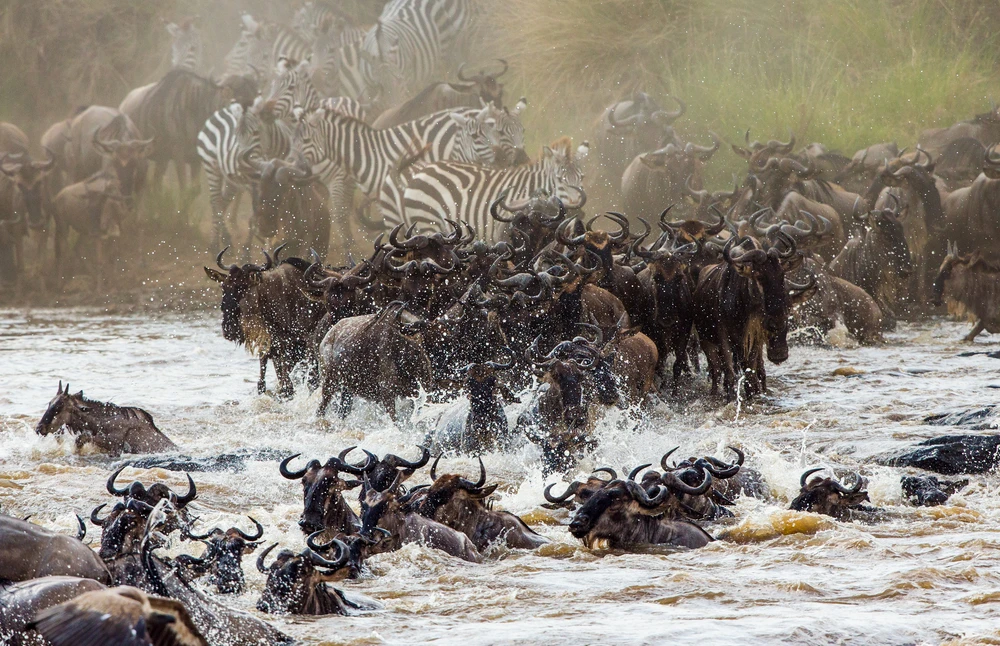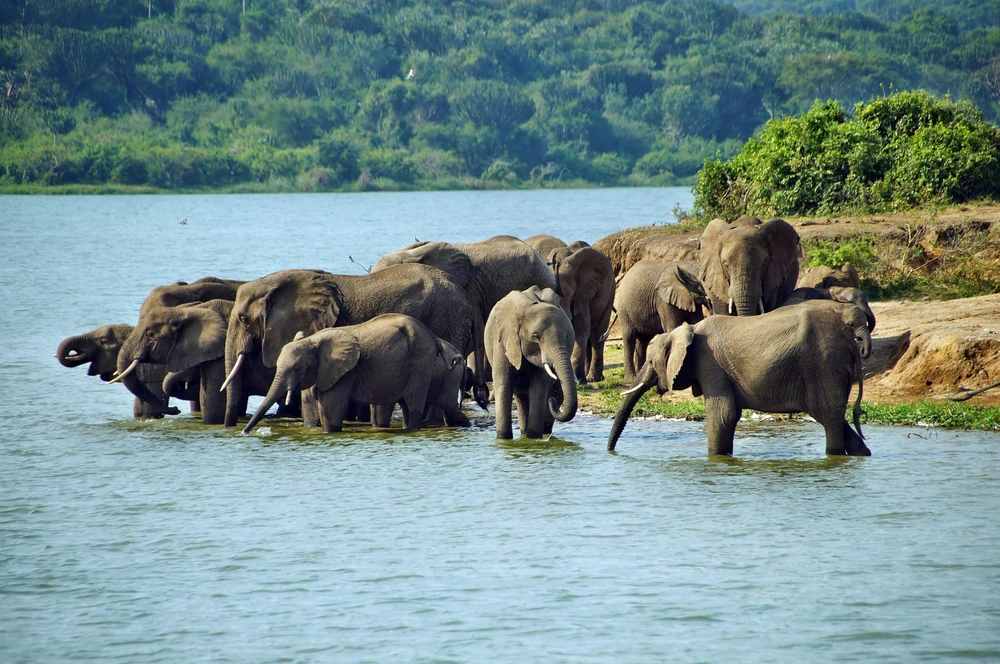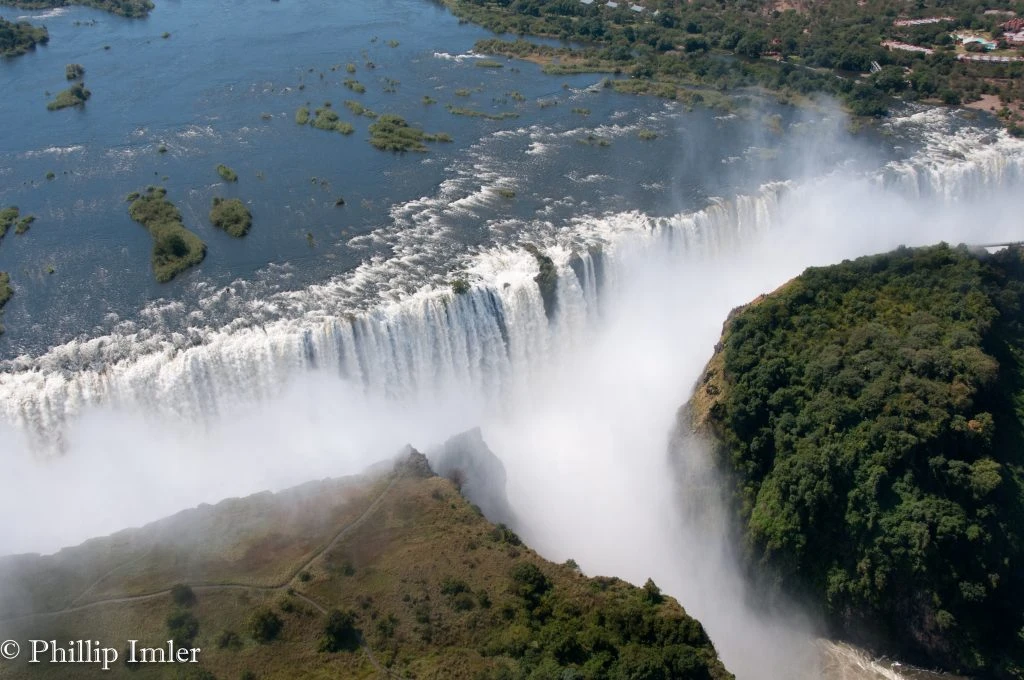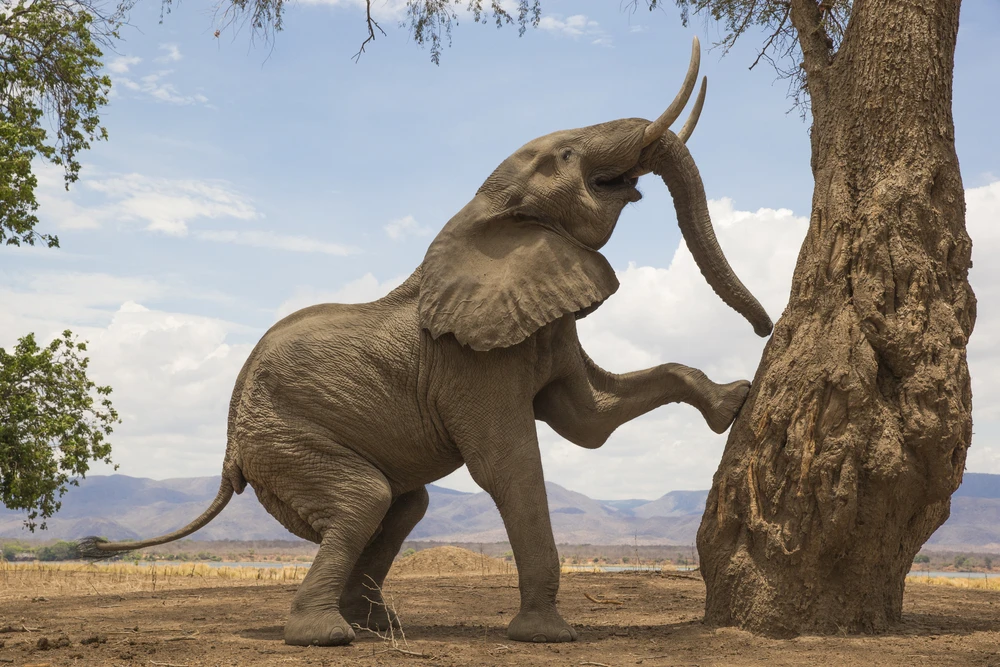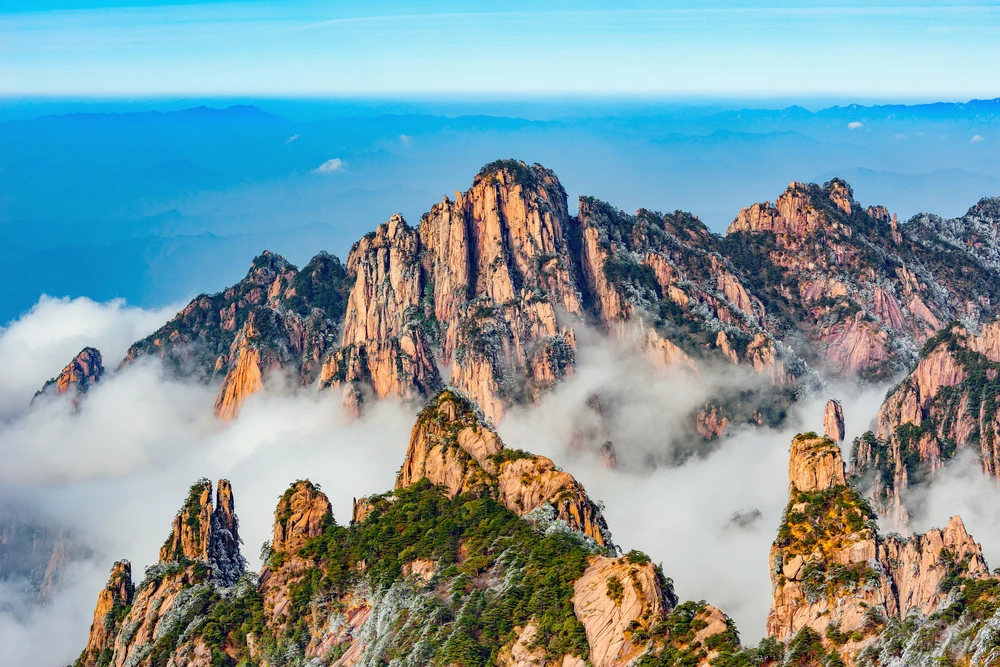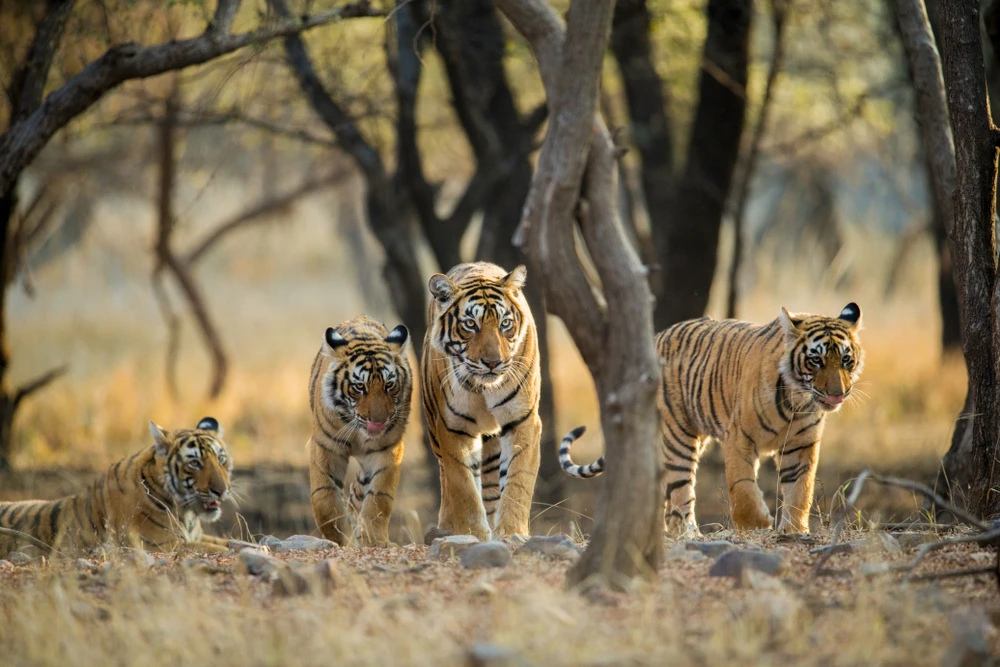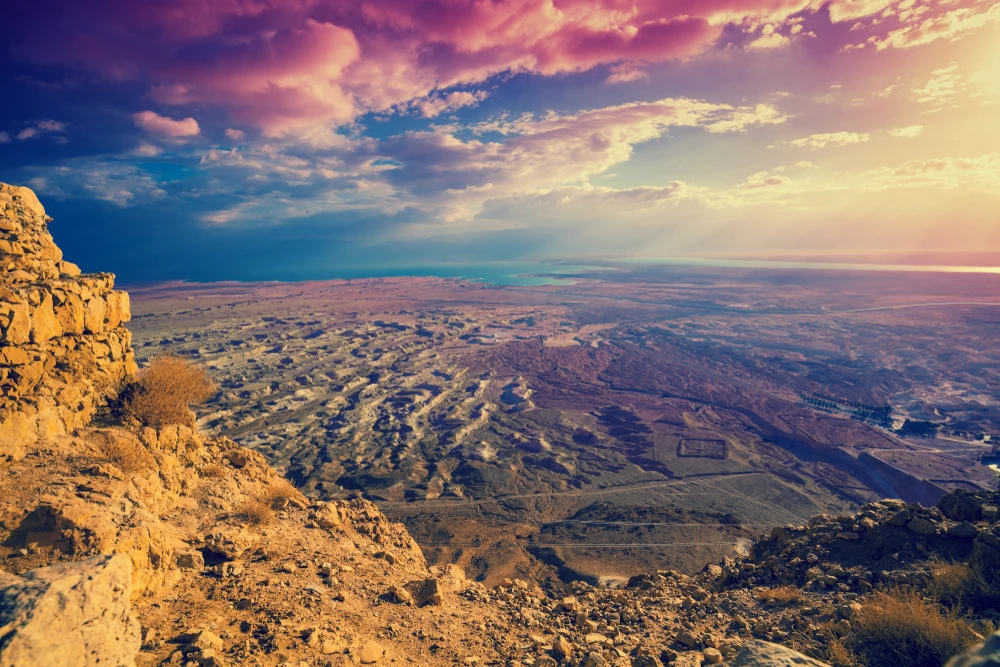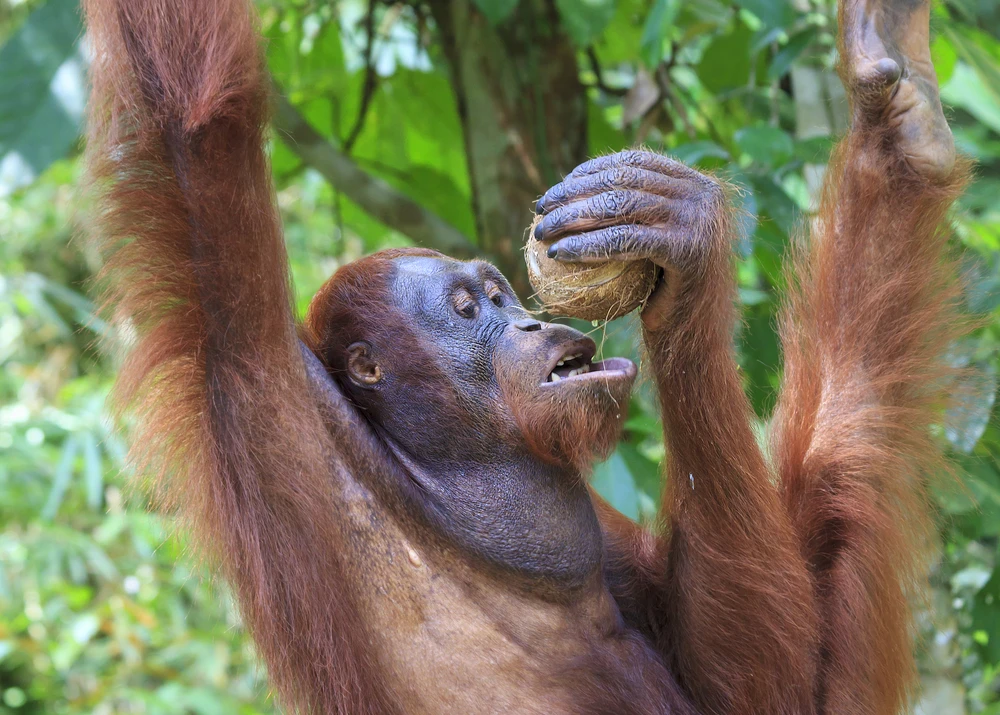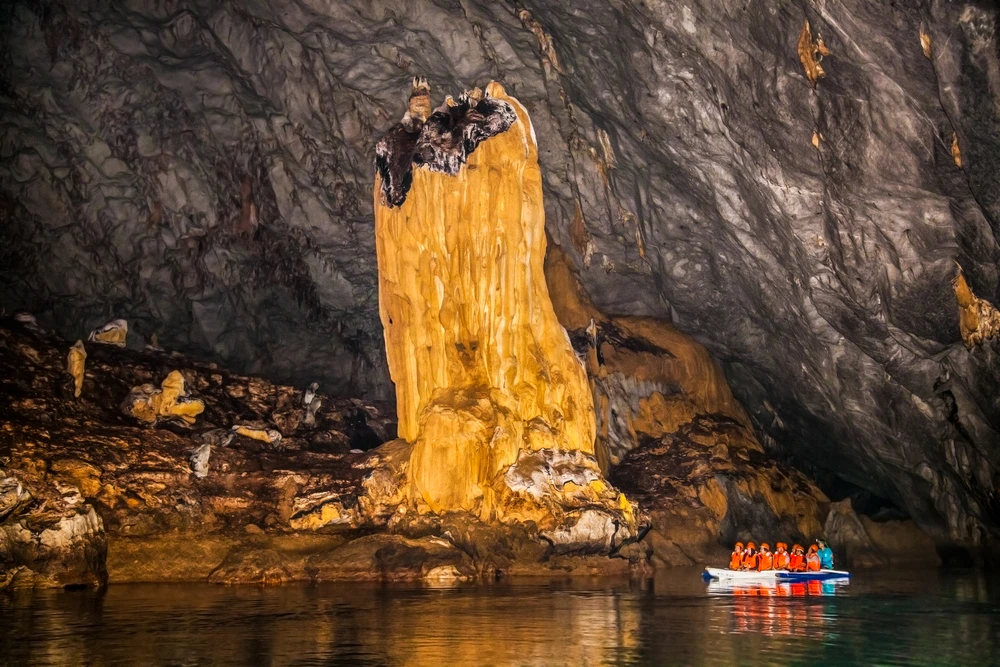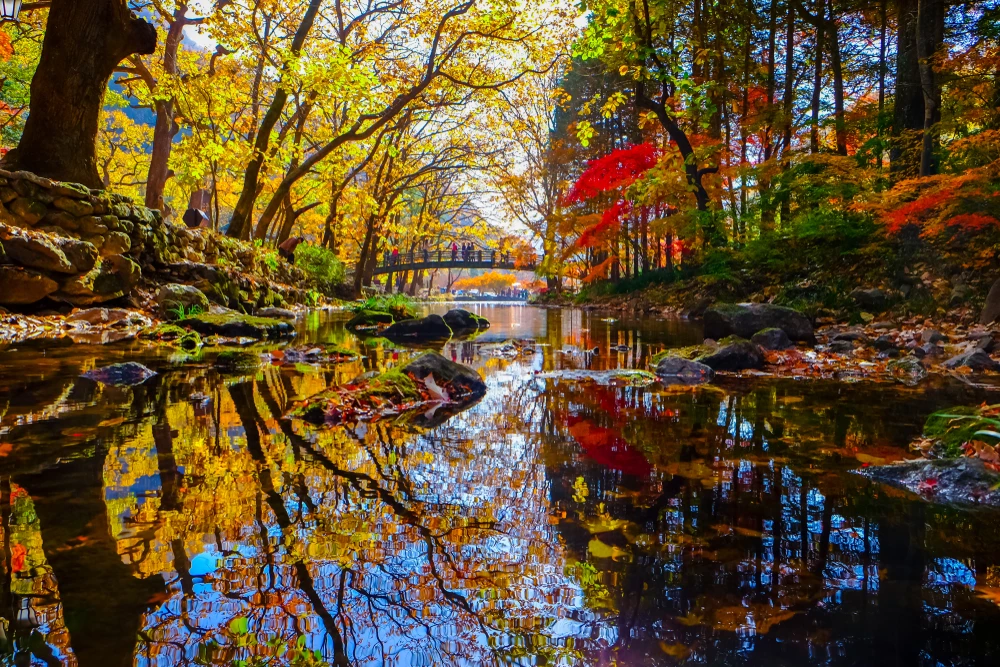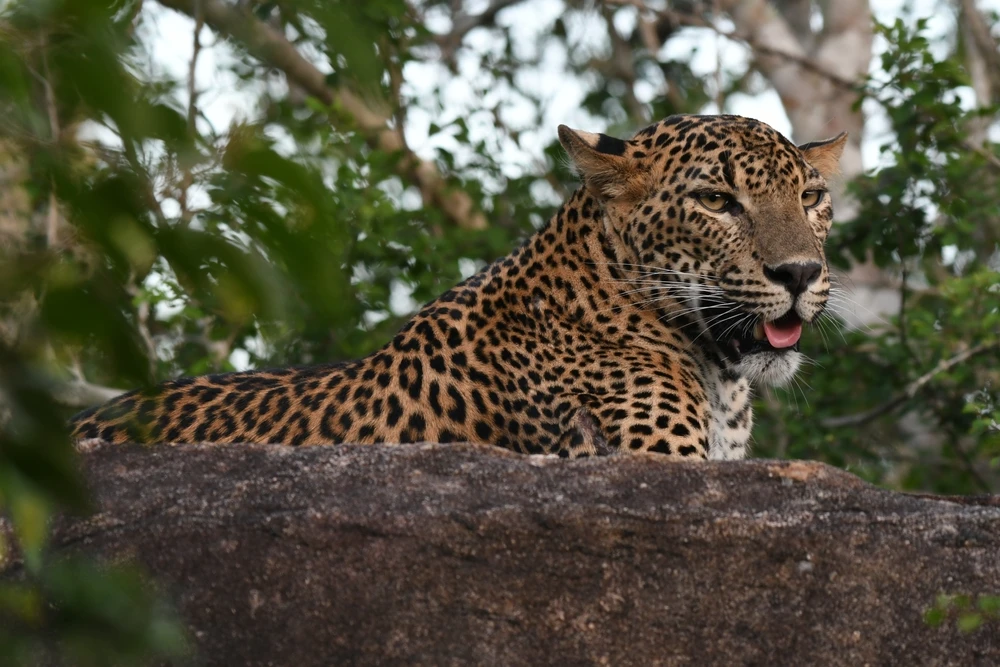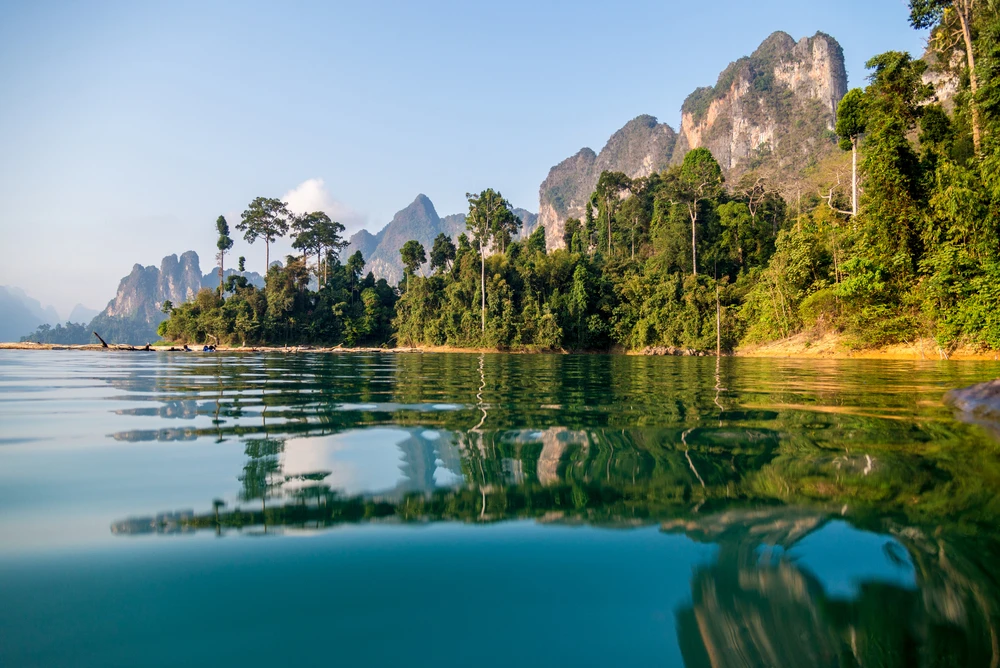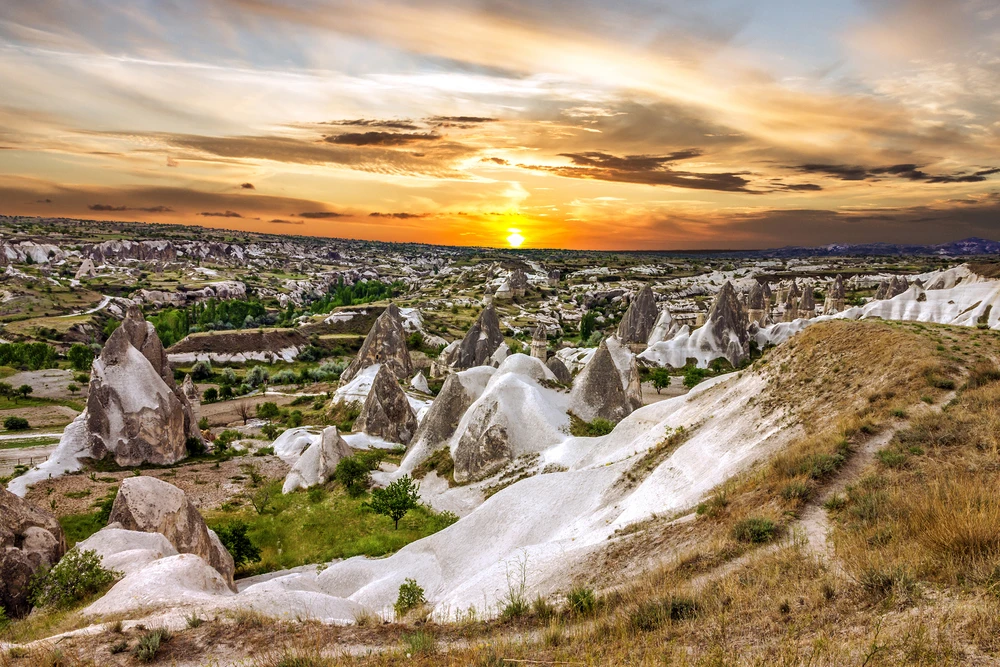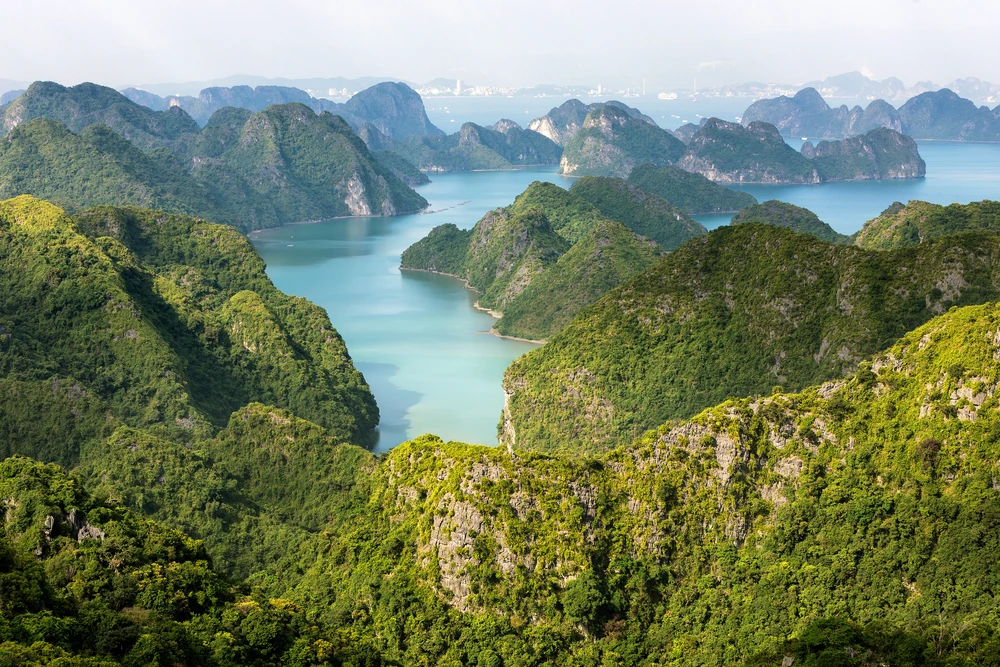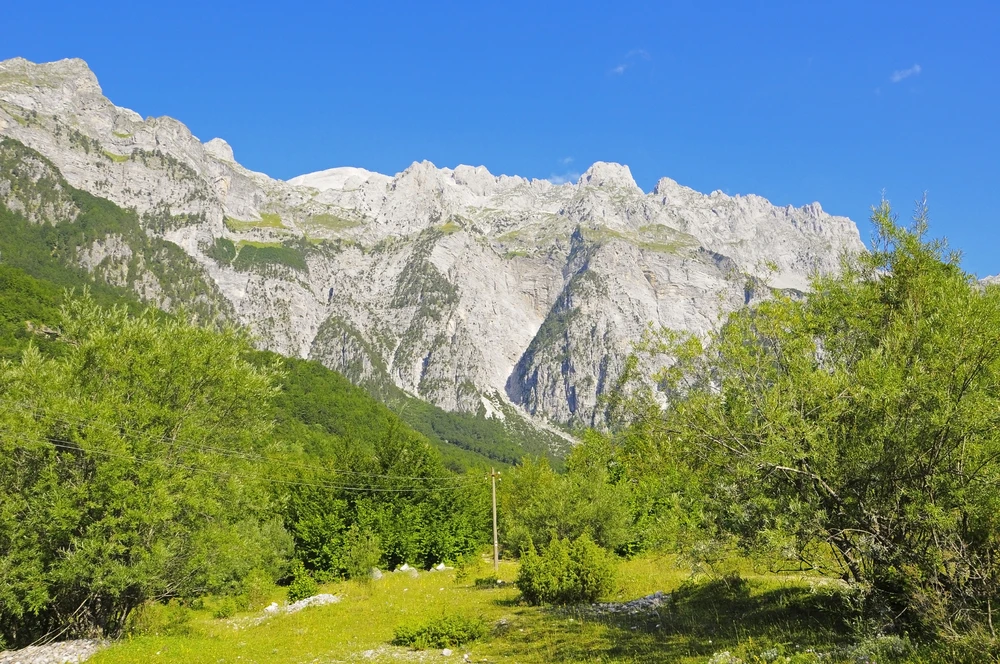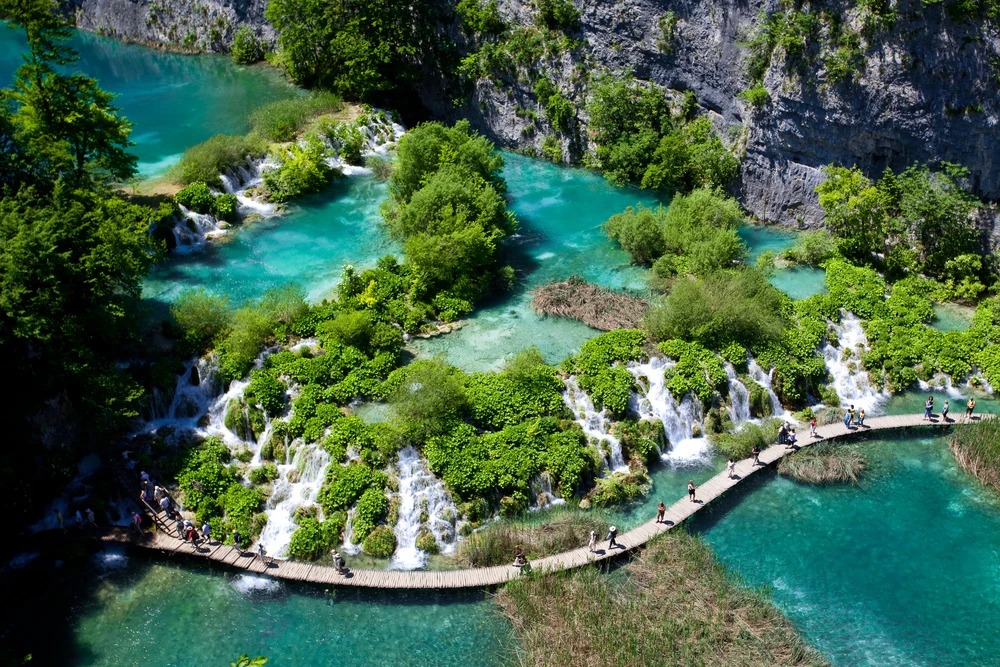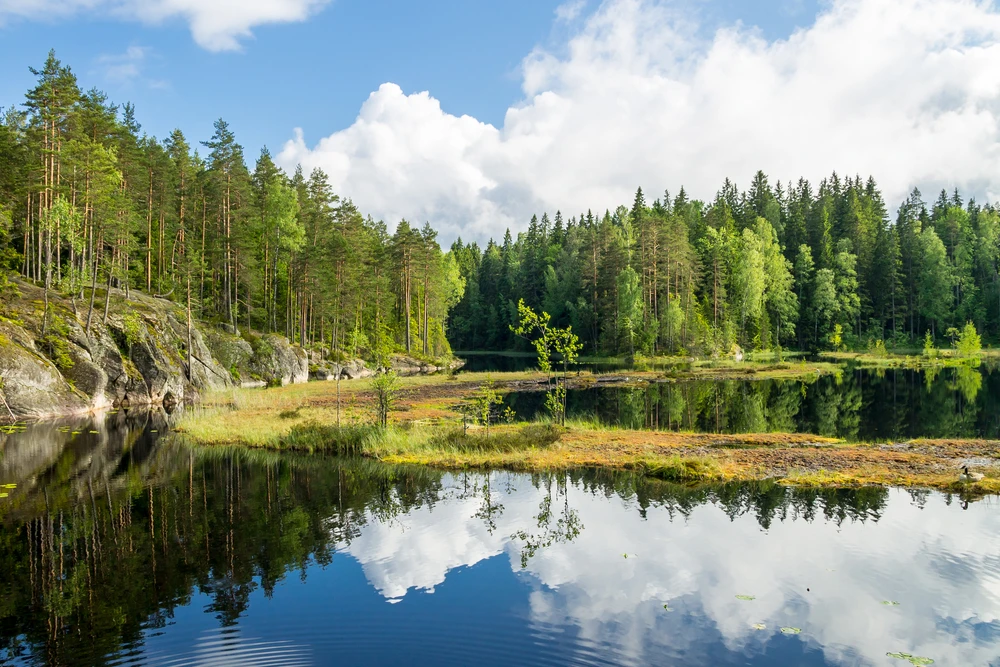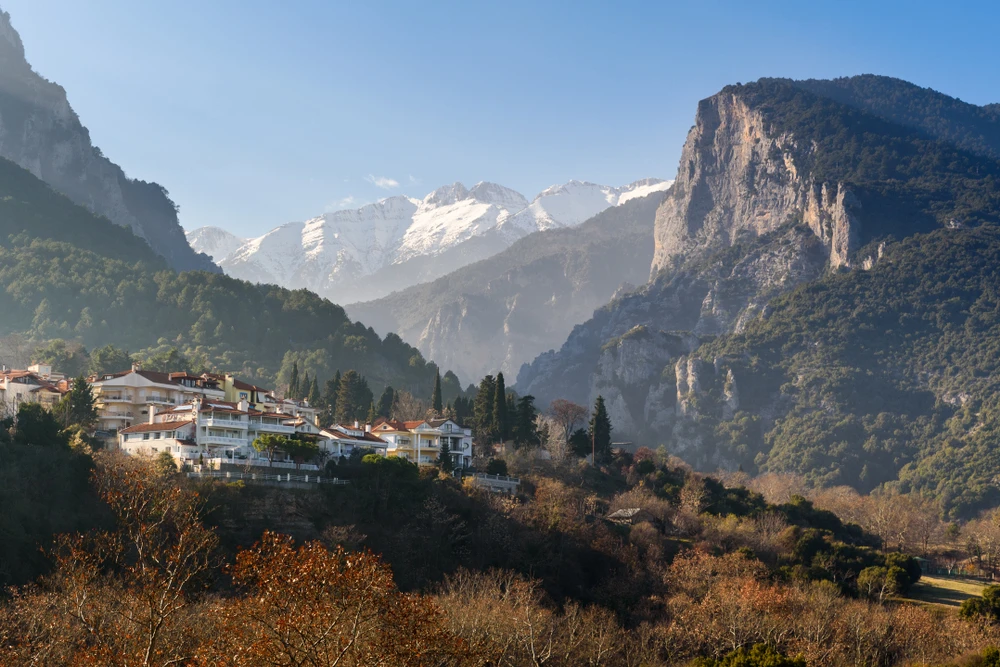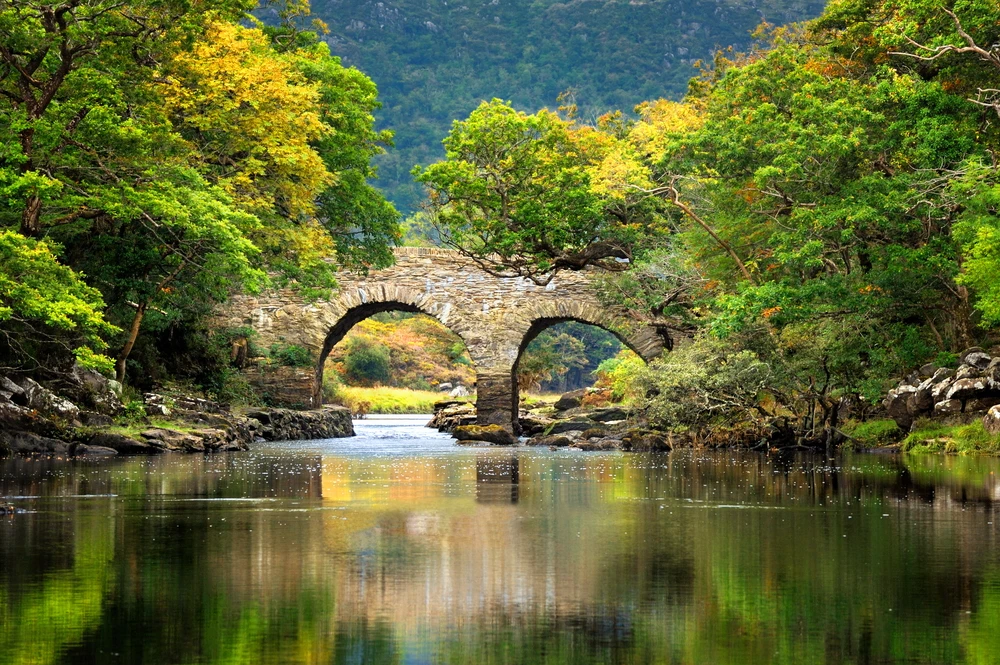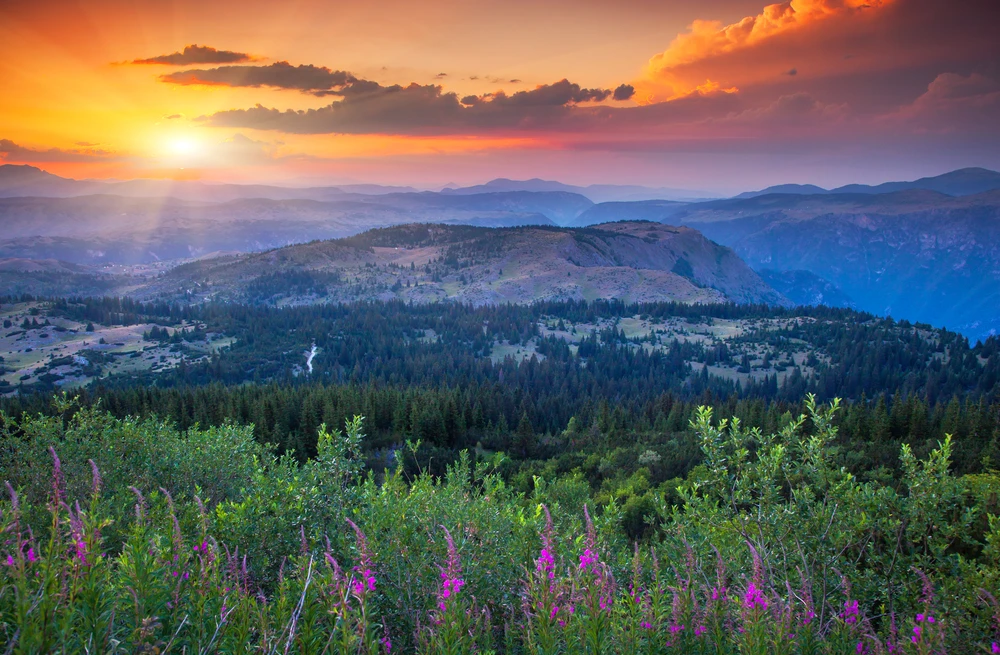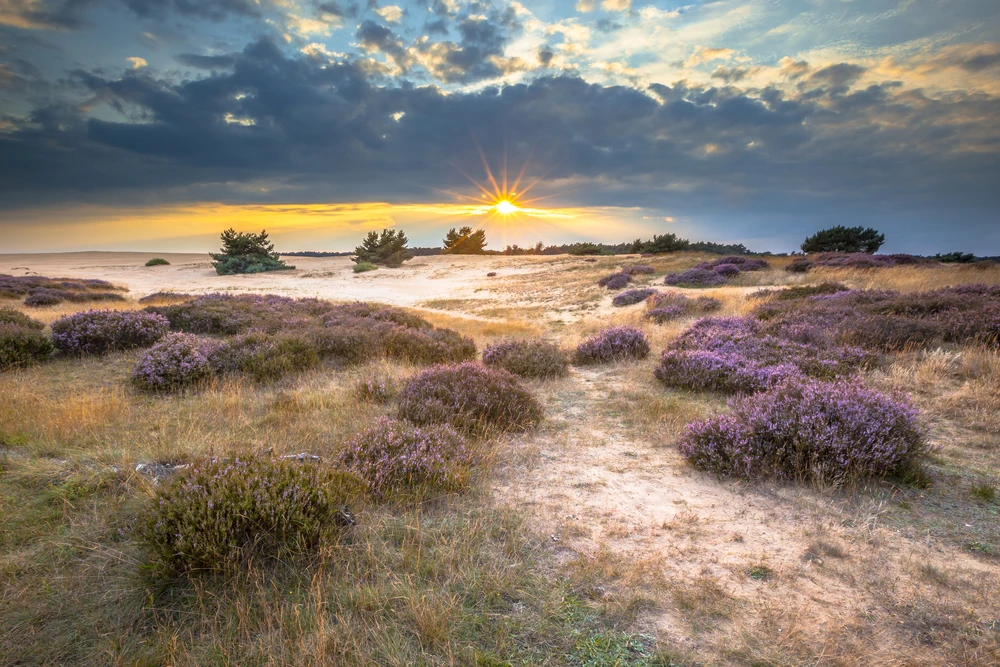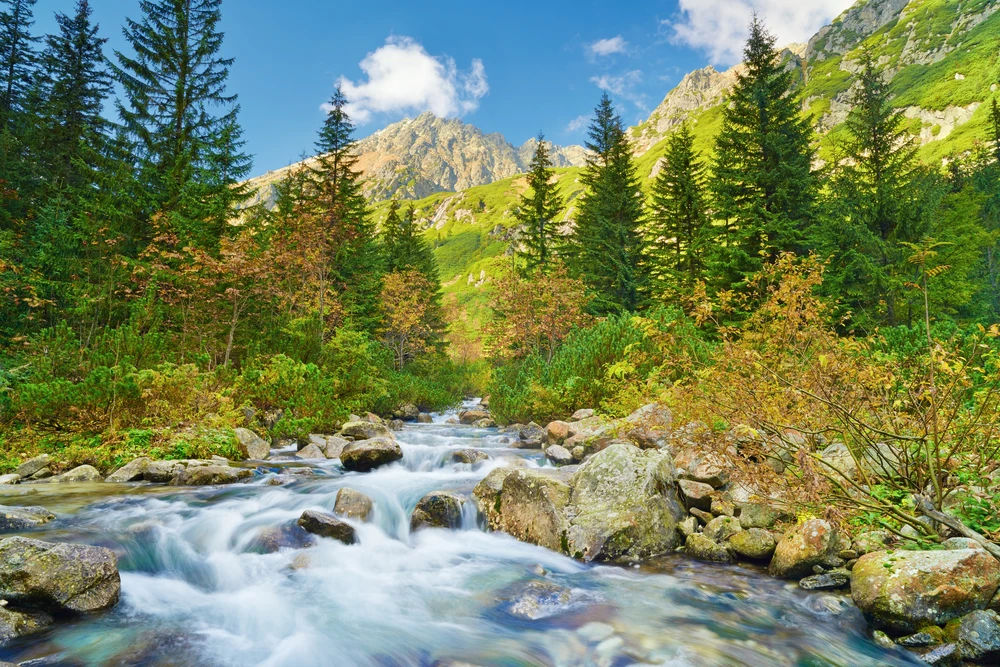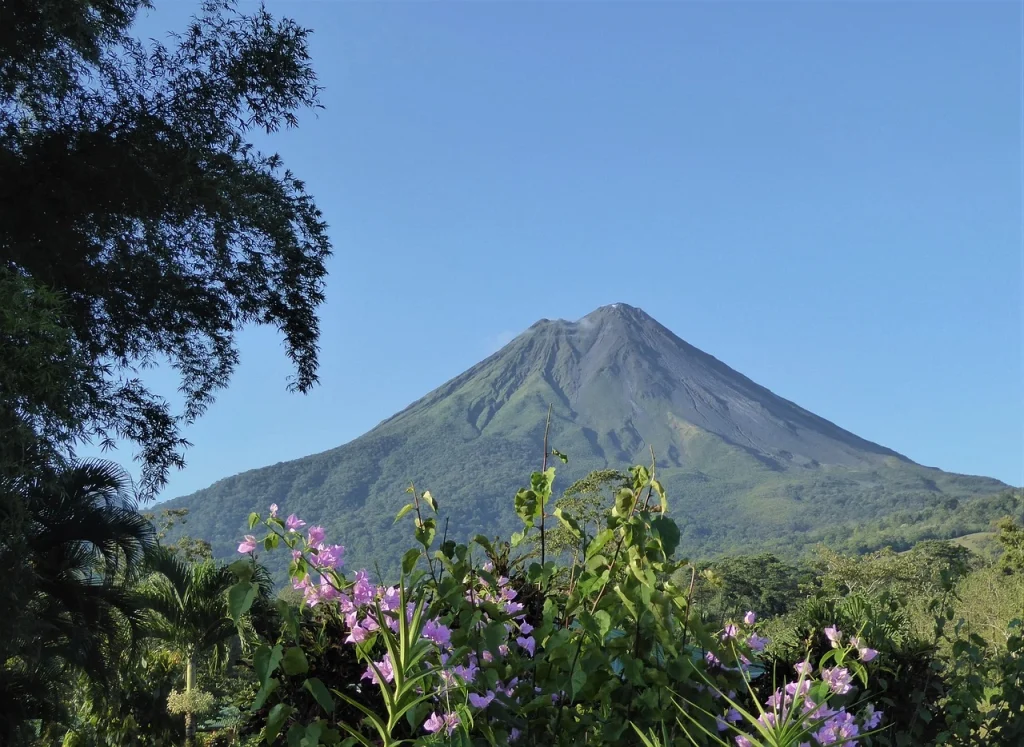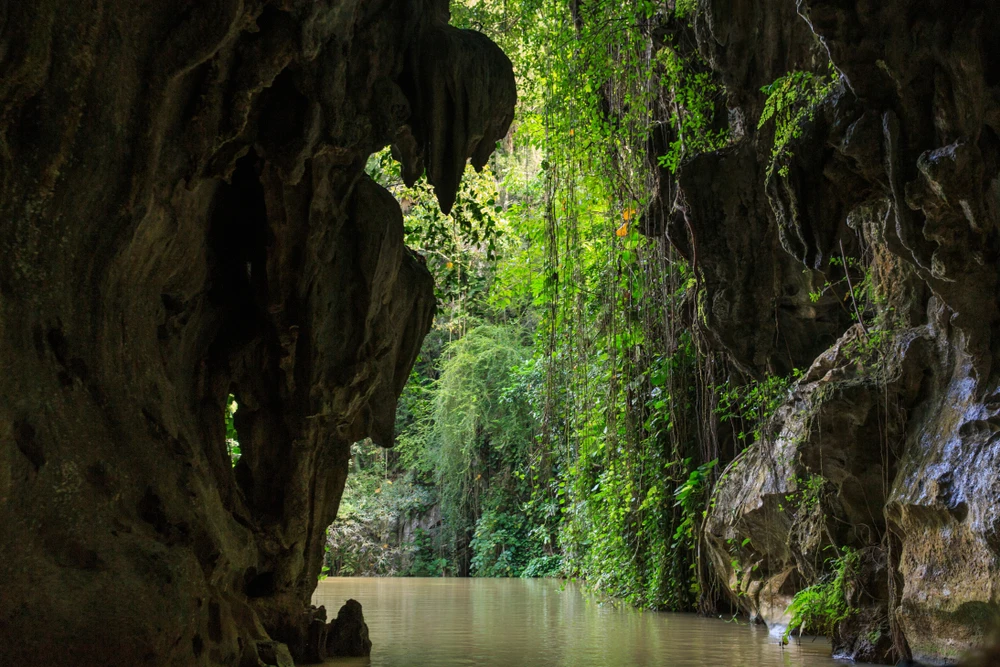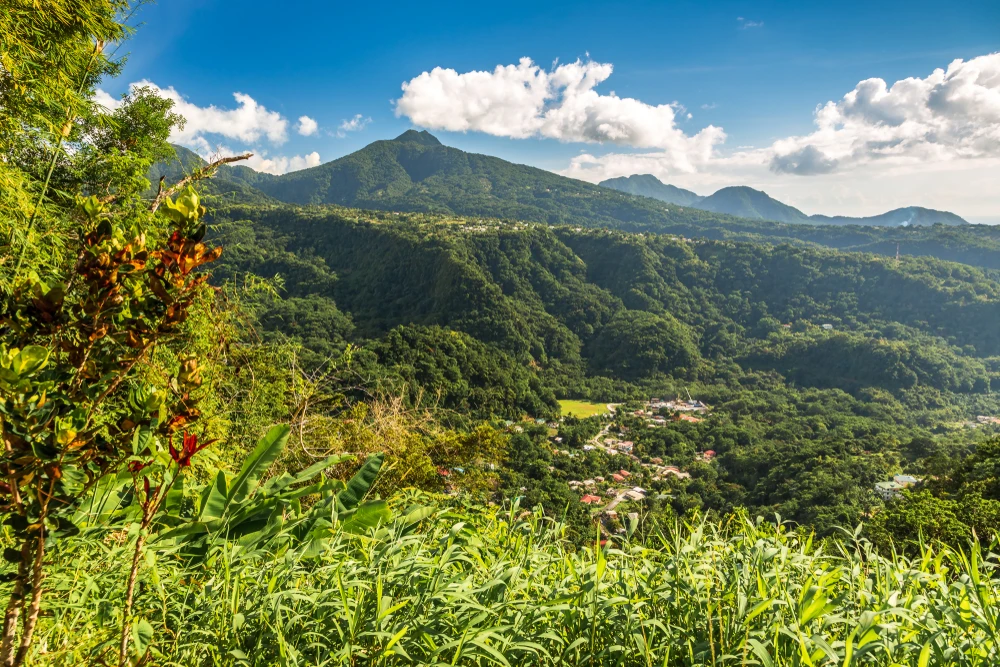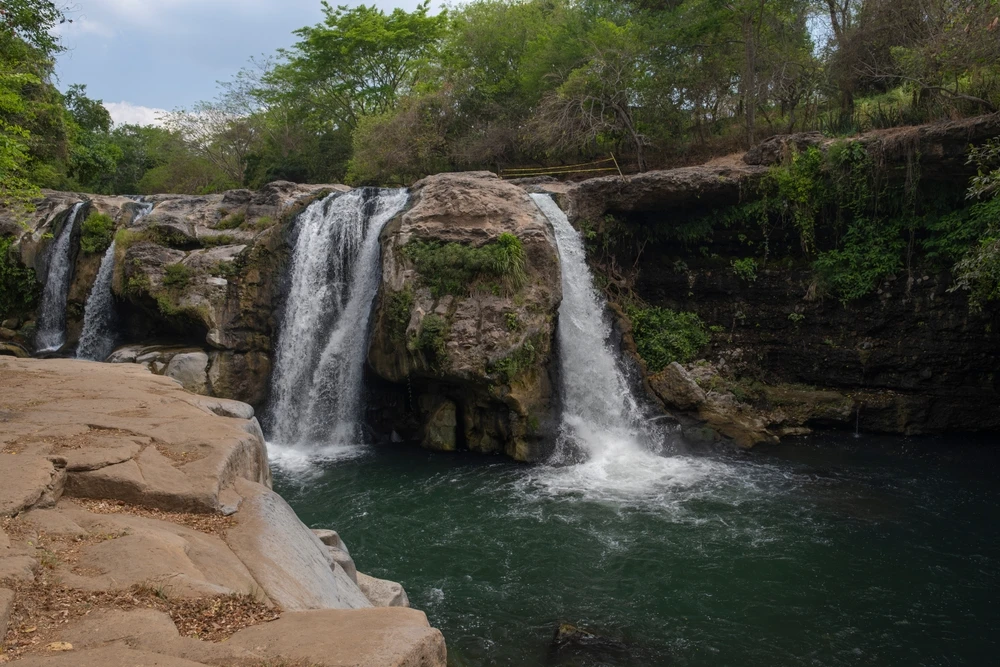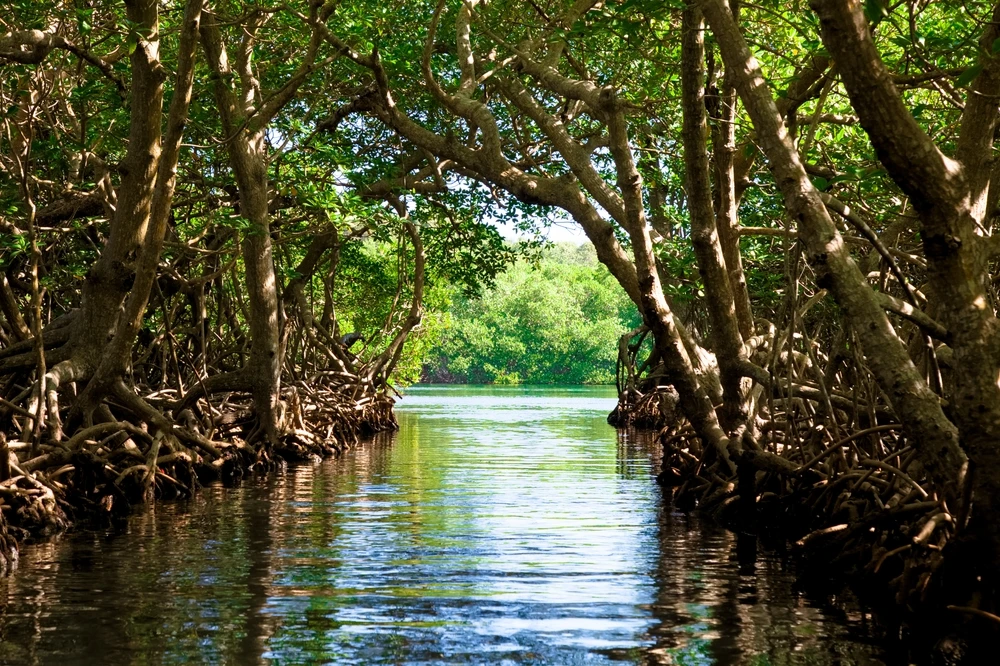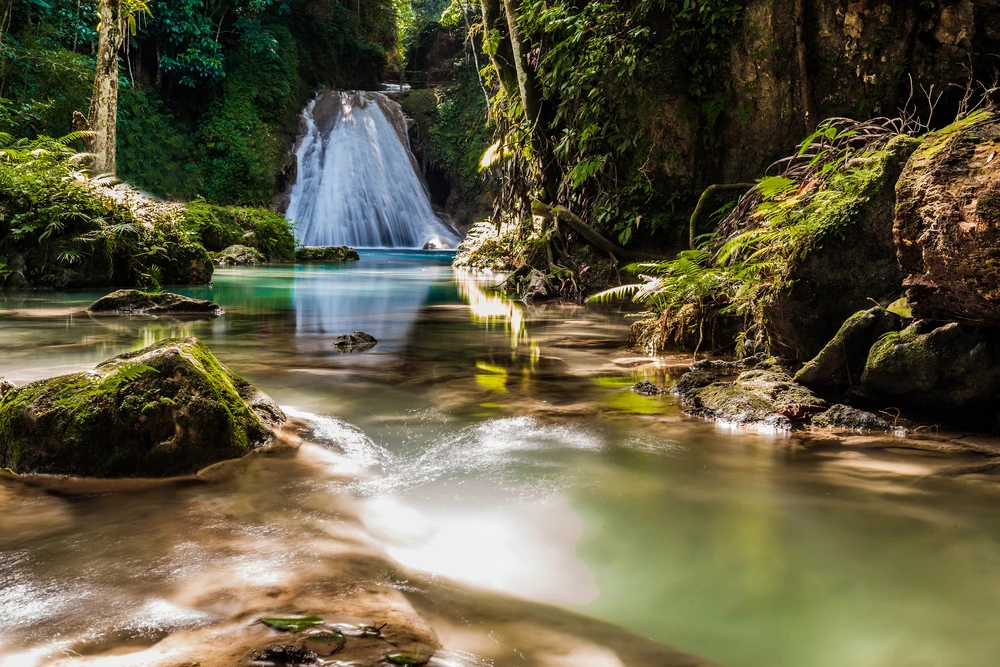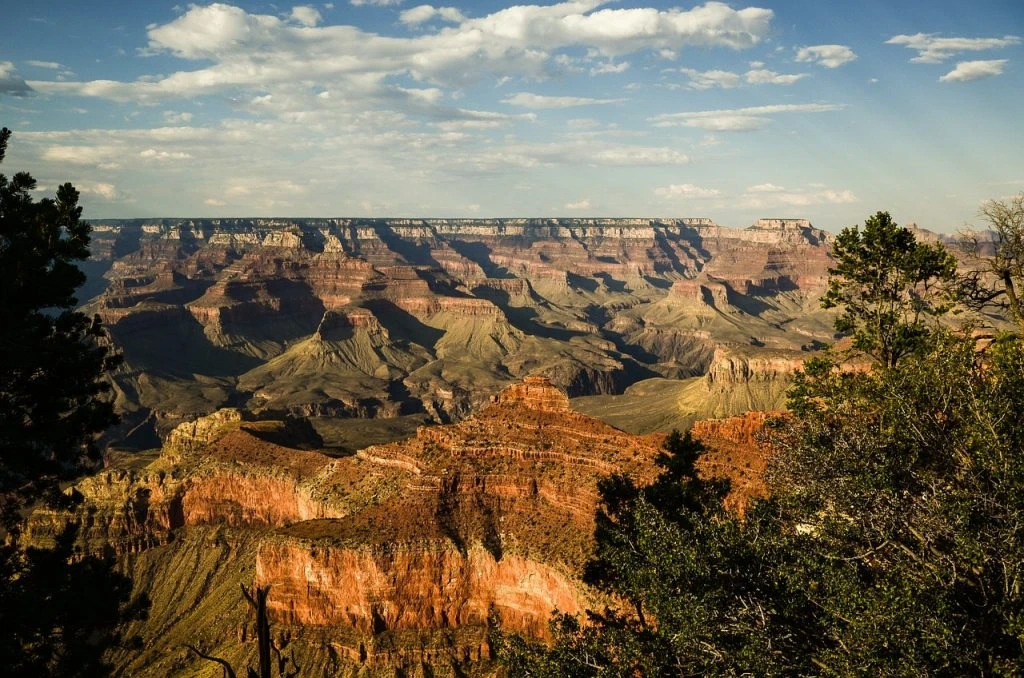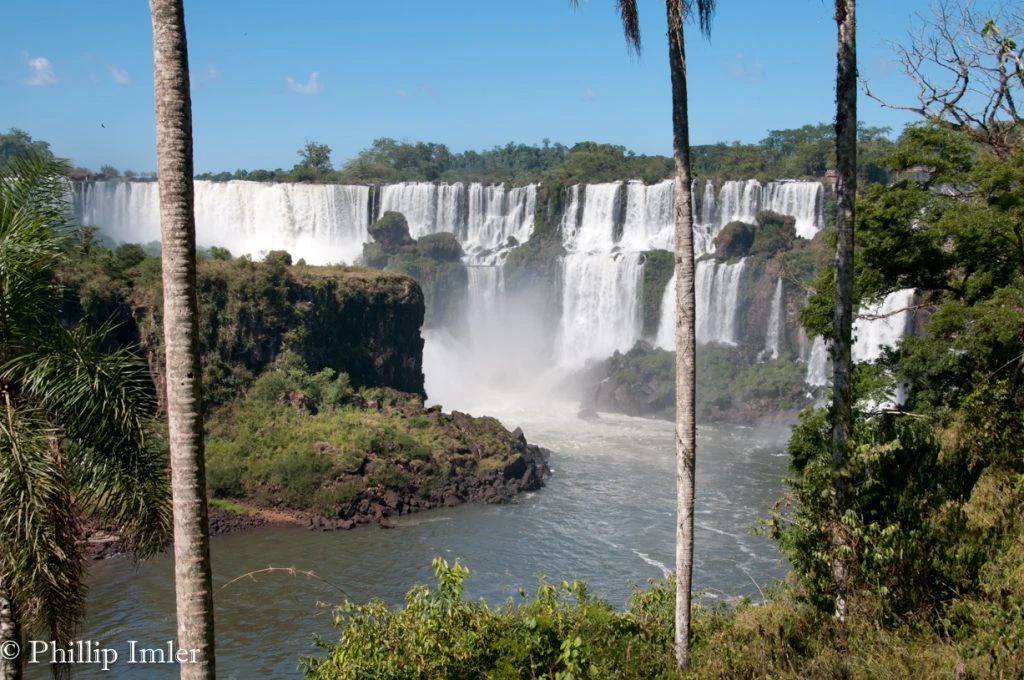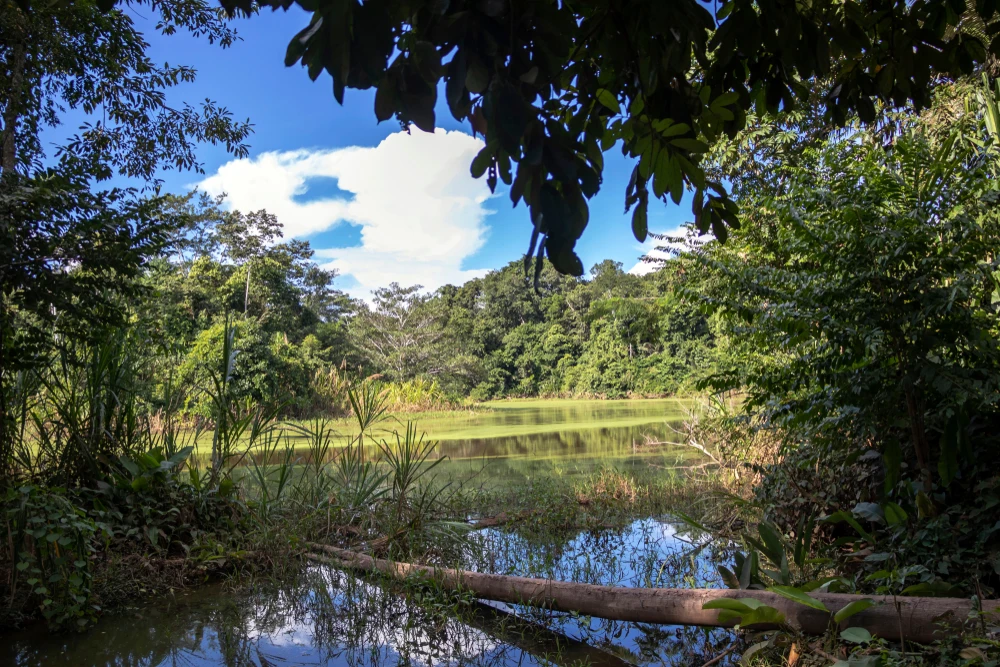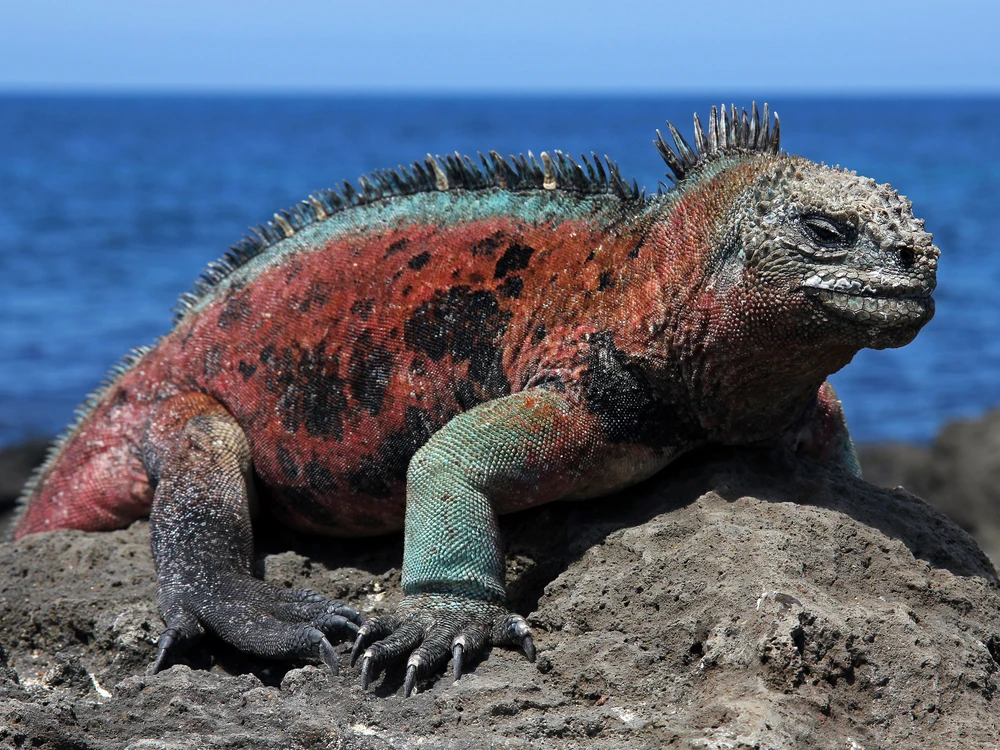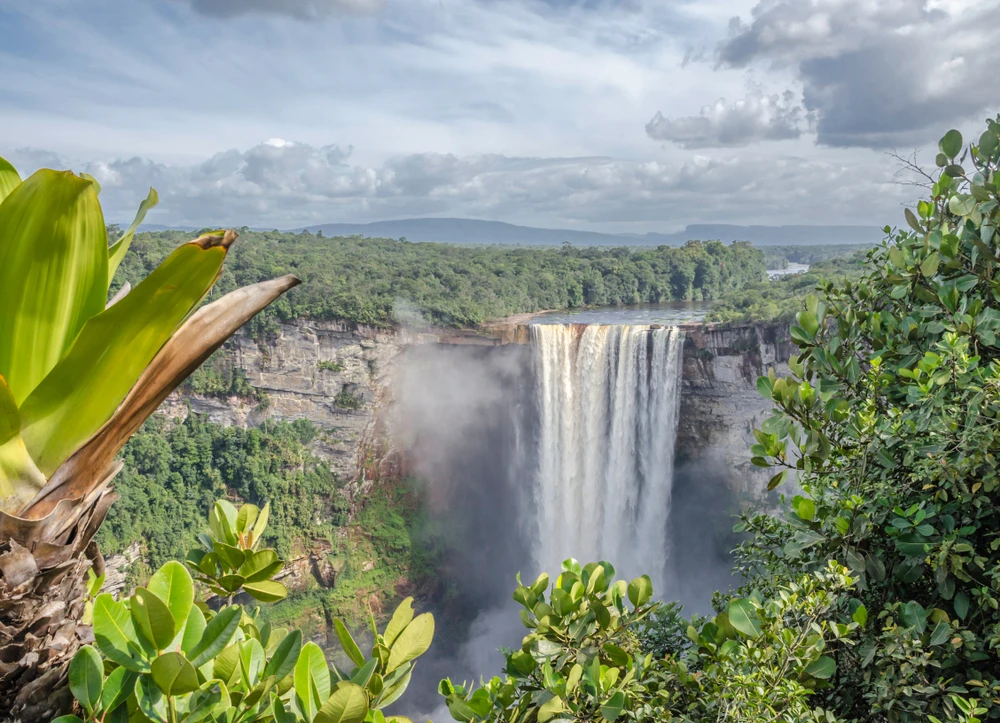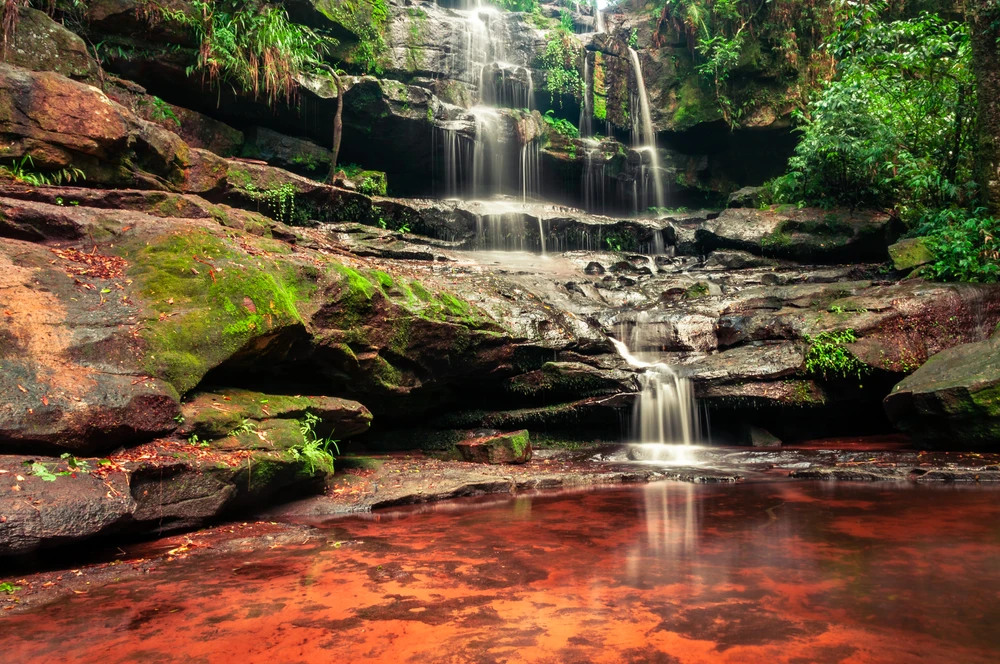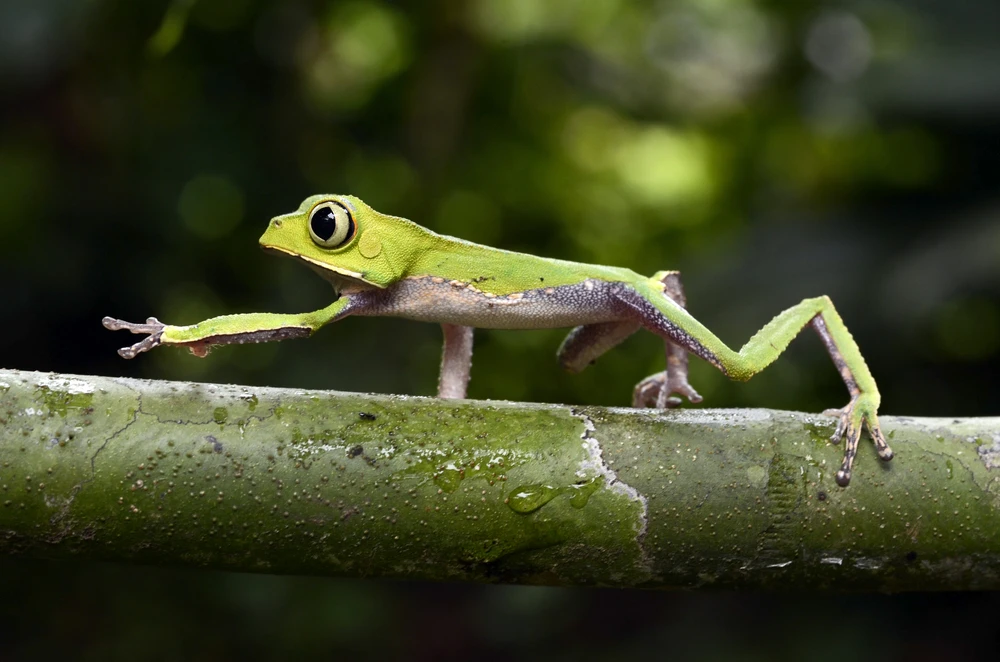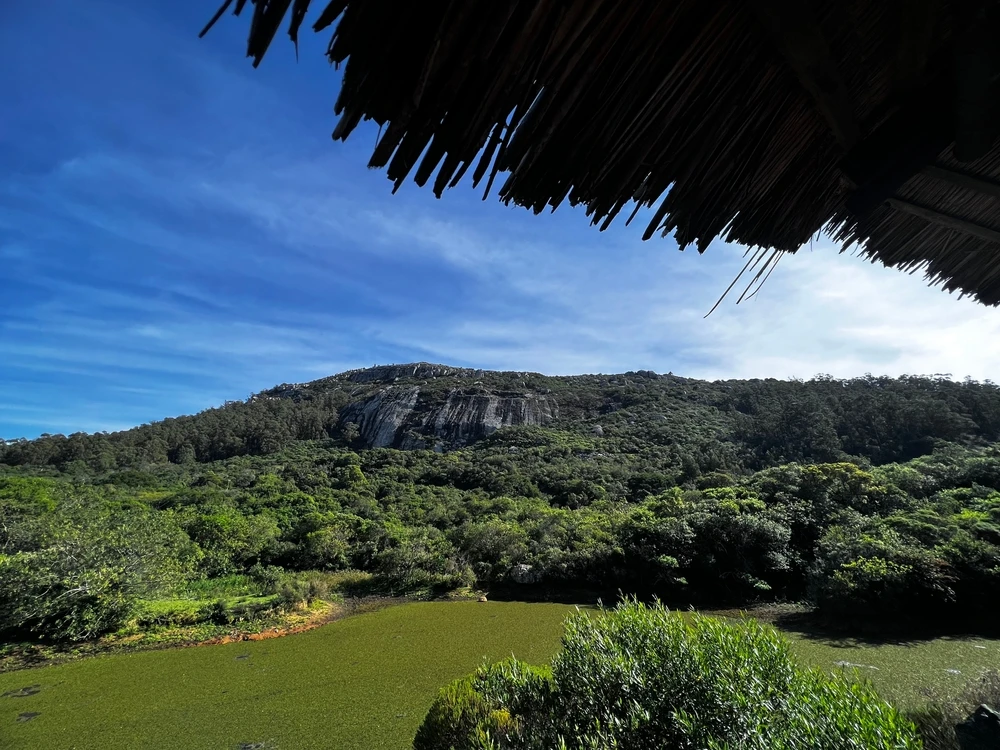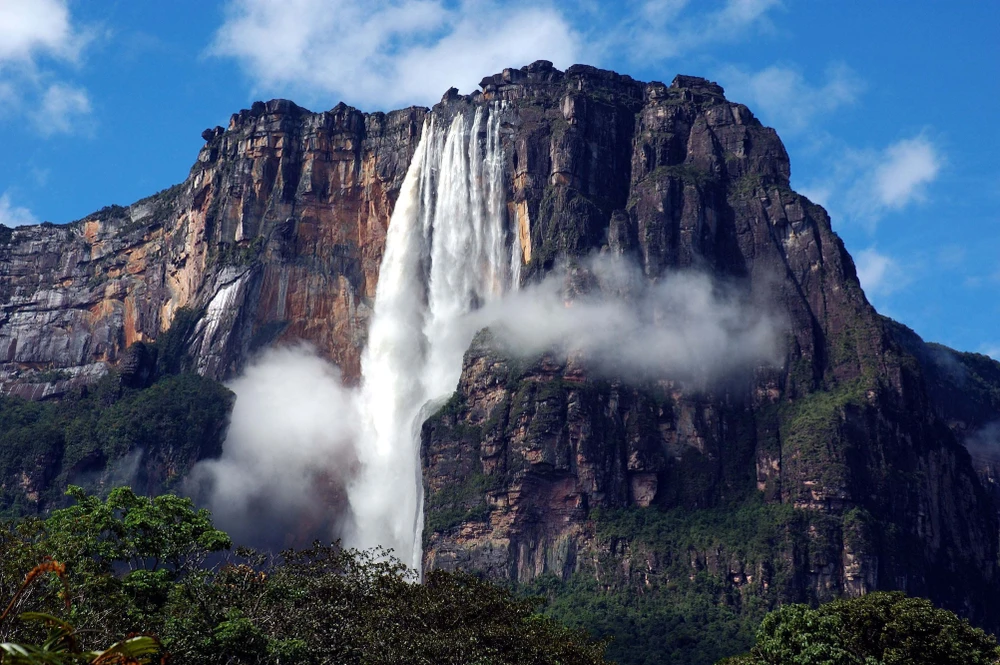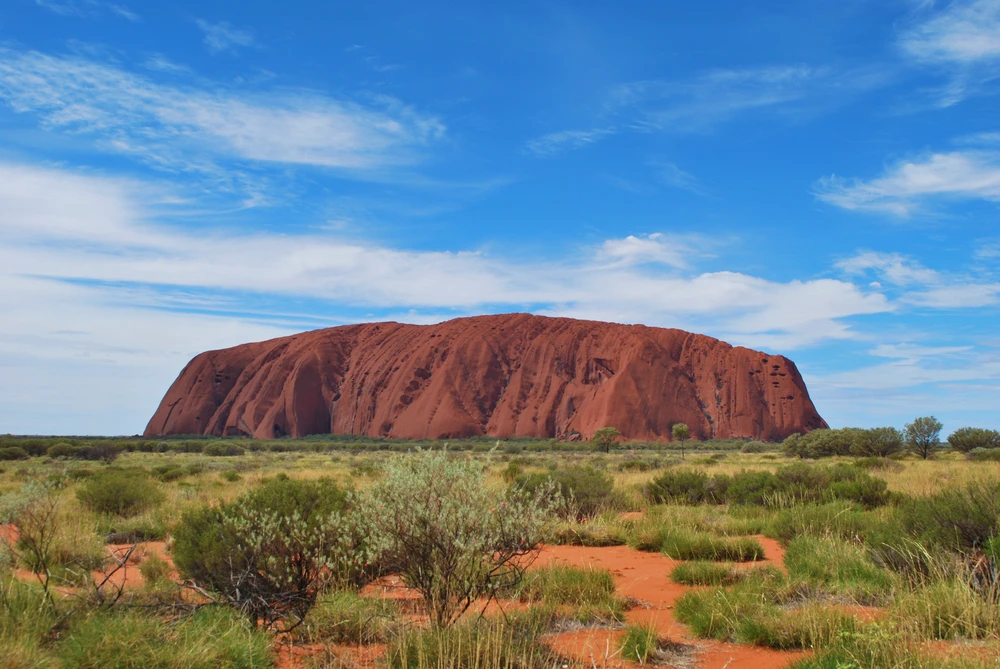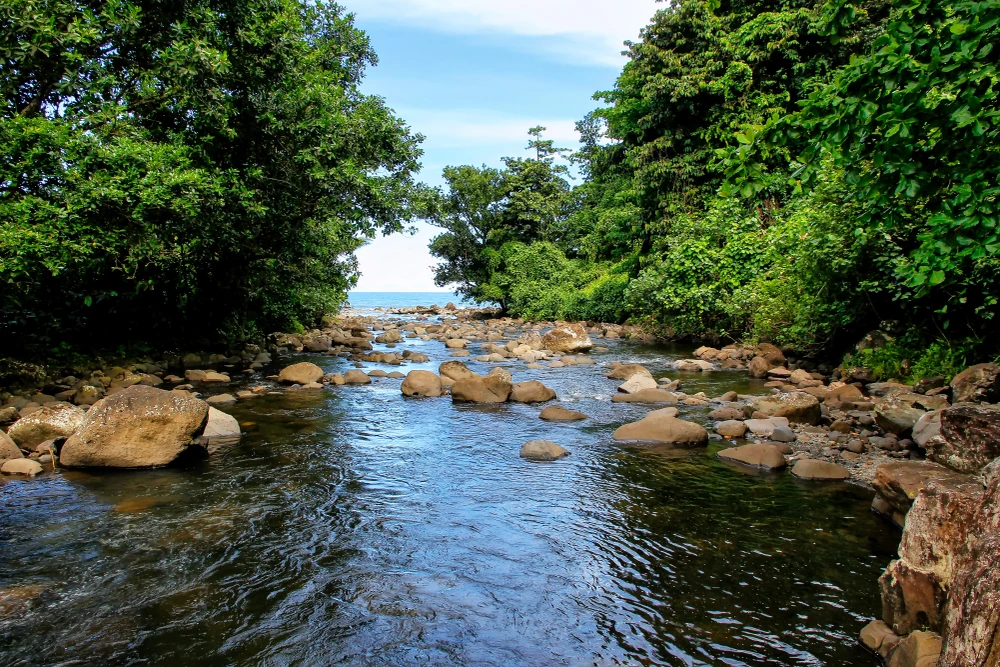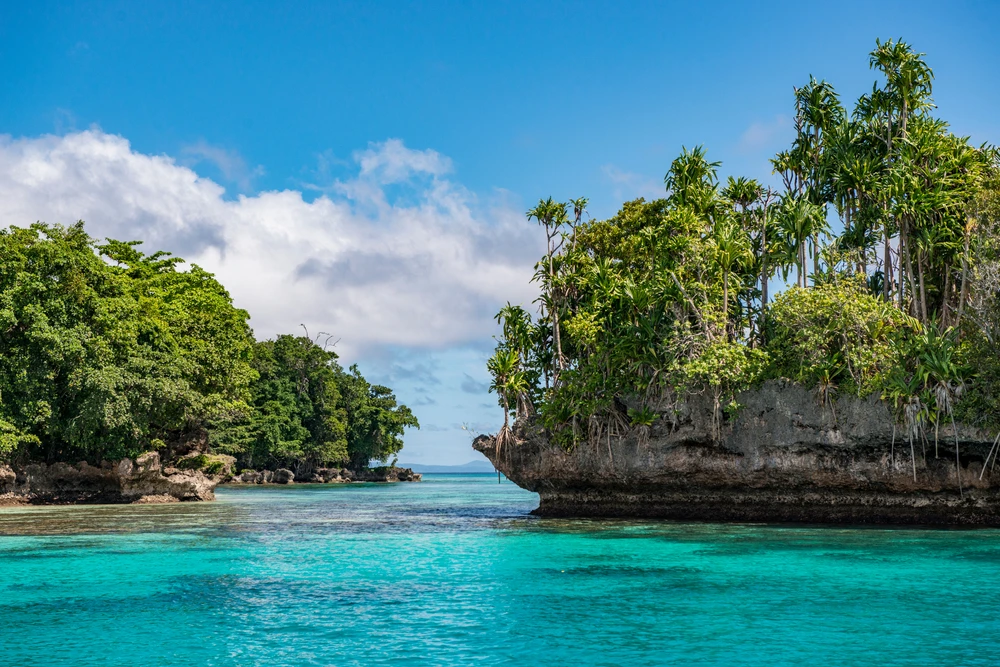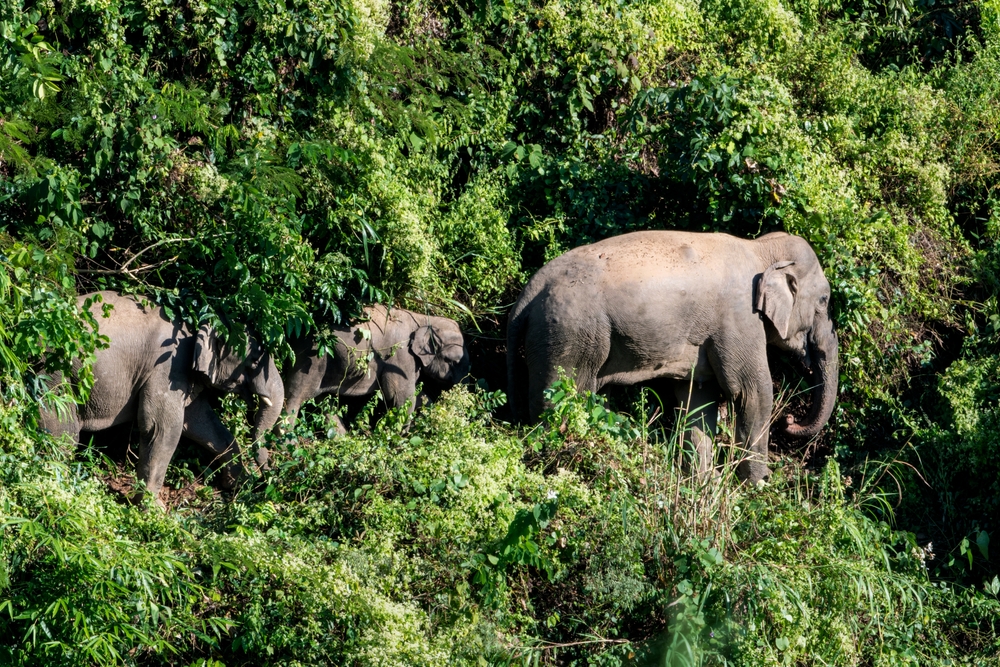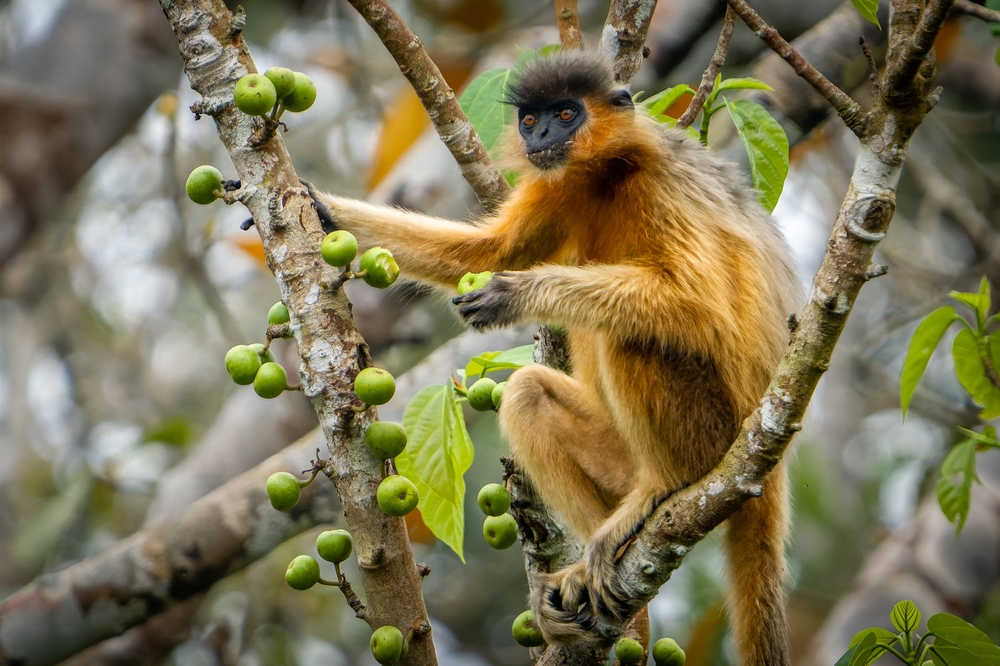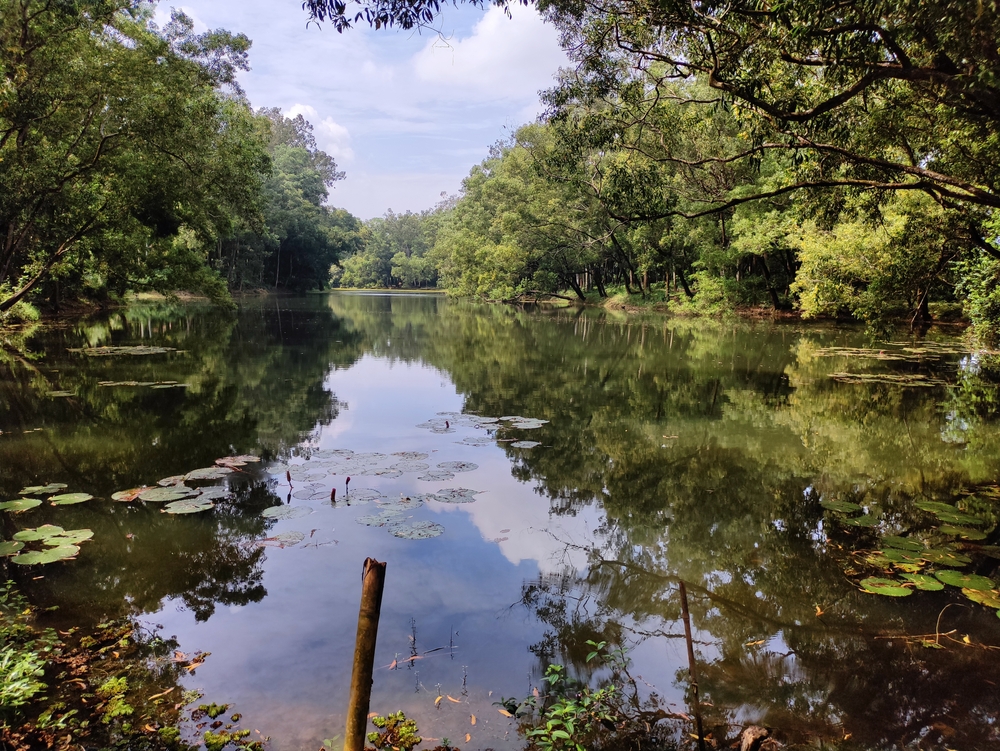Himchari , Overview
Himchari National Park, located near Cox’s Bazar in southeastern Bangladesh, is a stunning natural sanctuary covering approximately 7.29 square miles (18.91 square kilometers). Known locally as “Himchari Shishu Udyan,” the park is a popular destination for both domestic and international tourists seeking to experience the serene beauty of Bangladesh’s natural landscapes. Established in 1980 primarily for the conservation of its lush tropical rainforest and diverse wildlife, Himchari National Park offers a rich and immersive experience for nature enthusiasts.
The terrain of Himchari National Park is a mix of rolling hills, deep valleys, and picturesque streams, making it a scenic haven for visitors. Its tropical evergreen and semi-evergreen forests are home to a variety of plant species, including rare orchids and medicinal plants. The park is particularly vibrant during the monsoon season when the foliage is at its greenest and the cascading waterfalls, including the famous Himchari Waterfall, are at their fullest, providing a breathtaking spectacle.
Wildlife enthusiasts will find the park teeming with biodiversity. Himchari is home to several species of mammals, including the Asian elephant, wild boar, and leopard cat, alongside a variety of primates like the Rhesus macaque and capped langur. Birdwatchers can enjoy spotting an array of bird species, such as the hornbill, white-rumped vulture, and kingfisher. The park also supports a healthy population of reptiles, including monitor lizards and pythons, as well as an abundance of butterflies, making it an ecological treasure trove.
Visitors to Himchari National Park can engage in several activities, such as hiking its numerous trails, enjoying picnics at scenic viewpoints, or simply basking in the tranquility of nature. The park’s proximity to Cox’s Bazar beach, the longest unbroken sandy sea beach in the world, adds to its allure as a combined coastal and forest getaway. Photographers and nature lovers are drawn to the park for its breathtaking sunrises and sunsets, especially from vantage points overlooking the Bay of Bengal.
Despite its beauty, Himchari National Park faces several conservation challenges. Deforestation, illegal logging, and the encroachment of human settlements have threatened the park’s delicate ecosystem. Conservation efforts are underway, focusing on reforestation and the protection of wildlife habitats, but continued support and awareness are essential to preserving this natural haven for future generations.
In summary, Himchari National Park is a captivating blend of natural beauty, ecological richness, and recreational opportunities. Whether you’re an adventure seeker, wildlife enthusiast, or simply someone looking to unwind amidst nature, the park offers a unique experience that reflects the diverse and vibrant ecosystem of Bangladesh. Its conservation challenges underscore the importance of sustainable tourism and environmental stewardship in maintaining the integrity of such invaluable natural resources.

